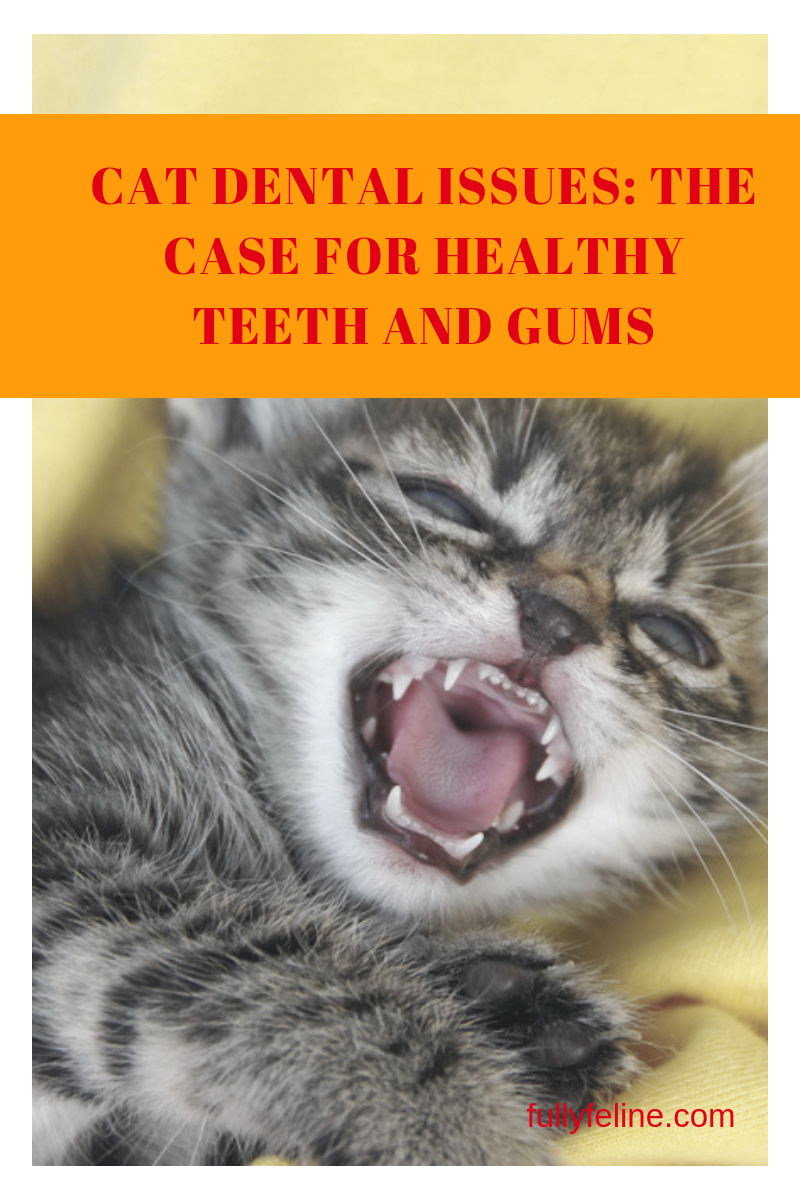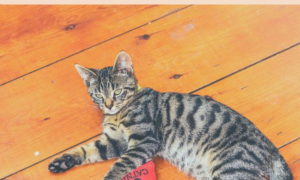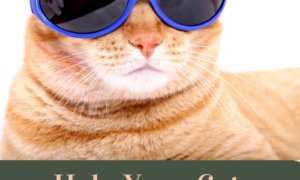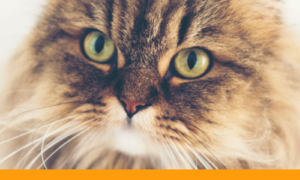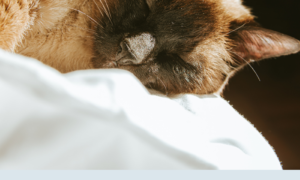We all know the importance of keeping our own teeth and gums healthy and clean, but what about those of your cat? Are you keeping up with feline teeth and gum hygiene to prevent cat dental issues?
It is not uncommon for cat dental issues to become a problem at some point in their lives. Cats grow two sets of teeth during a lifetime. The initial set includes 26 deciduous teeth (a/k/a “milk teeth”). They emerge when a kitten is roughly a month old. By six weeks of age or so, the full complement set emerges. Around six months of age, the first set will have fallen out and will have been replaced by 30 permanent teeth, all of which are designed to catch prey, shred it and used for self-defense. They certainly have a job to do!
Many adult cats will lose one or more teeth in their lifetime due to injury or disease. And it has been said genetics plays a key role in determining which cats are more susceptible to dental disease than others. While some purebreds are more susceptible than others, for the most part it boils down to the diet of the modern cat.
According to Daniel Carmichael, DVM in Westbury, NY, cats are carnivore by nature and his teeth or designed to be strong and clean by chewing up flesh and bones of pretty. However, the diets of cats today are primarily made of mush that we feed them. End result? Some pretty serious dental problems.
What are the most common types of dental problems cats face?
Periodontal Disease
Periodontal disease tops the charts. This is the result of layers of plaque building up and hardening on the surface of the tooth. The resulting bacterial poisons and enzymes from the plaque typically lead to an inflammatory response in the gums. Left untreated, it can cause severe gum inflammation, known as gingivitis. If this should advance in cats, it could mean the only reasonable treatment option is tooth extraction.
Feline Odontoclastic Resorptive Lesions (FORL)
Another potential dental issue for cats if Feline Odontoclastic Resorptive Lesions (FORL). This affects about 50% of cats and involves plaque-caused lesions that start in the bone tissue just below the enamel. When lesions progress quickly, they can damage the tooth and its roots beyond repair. Usually tooth extraction is the treatment approach if the lesions are threatening the pulp chamber.
One of my clients had FORL and had all teeth extracted. He’d been on a combination diet of dry kibble and some wet food, so the total extraction was an adjustment, but he’s now adjusted to a fully wet food diet.
Fractured Teeth
Fractured teeth result from trauma and sometimes through chewing. Again, extraction appears to be the most viable solution in this issue in order to relive pain and prevent infection.
How do you know if your cat is suffering from any dental issues?
Be observant. Signs of dental problems include bad breath, red and swollen gums, pawing at the mouth and avoidance of hard foods. As for pain, well, cats tend to keep that hidden. Their instinct is to hide any pain so as not to put them in a position of weakness, subjecting themselves to the vulnerability of becoming prey.
How will your cat cope if he has to have a tooth extracted?
According to Dr. Carmichael, the cat will never miss it. In fact, the cat will feel better, eat better and basically improve overall without it.
Contact your veterinarian to discuss and evaluate what steps need to be taken for the health, safety and well-being of your cat. Sometimes this may involve putting your cat under general anesthesia so your veterinarian can fully assess any dental/gum issues presenting in your cat.
Source: vet.cornell.edu

